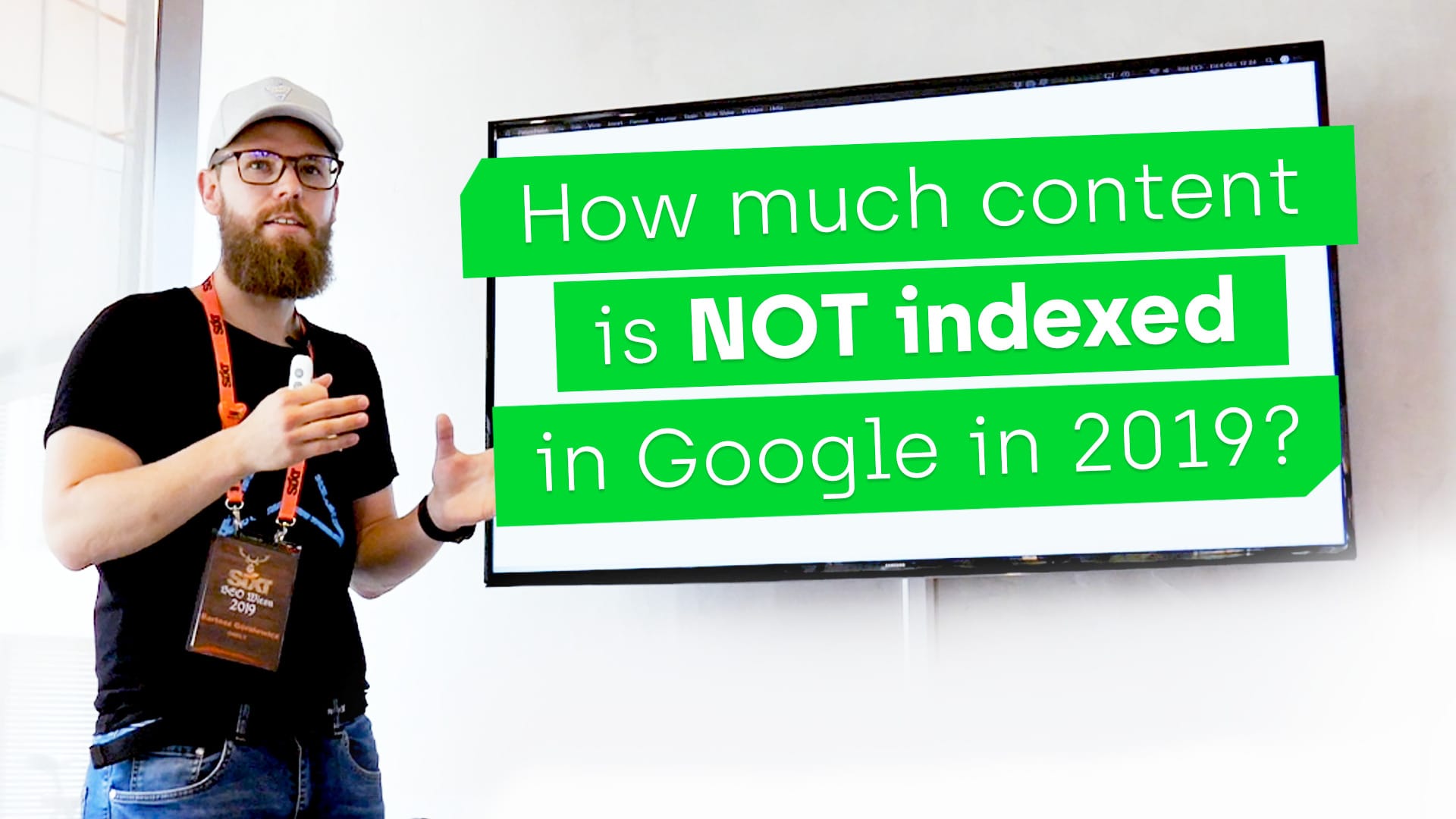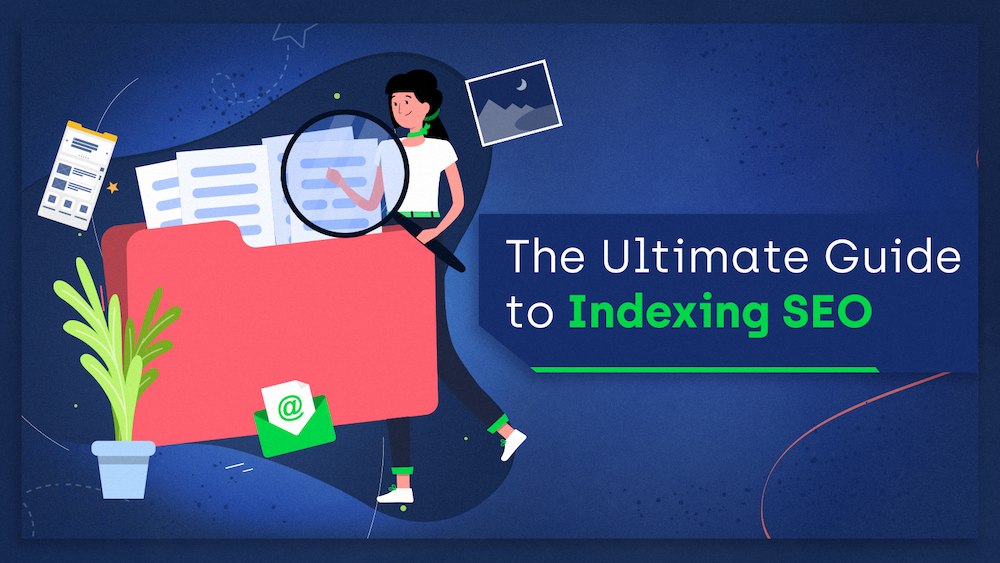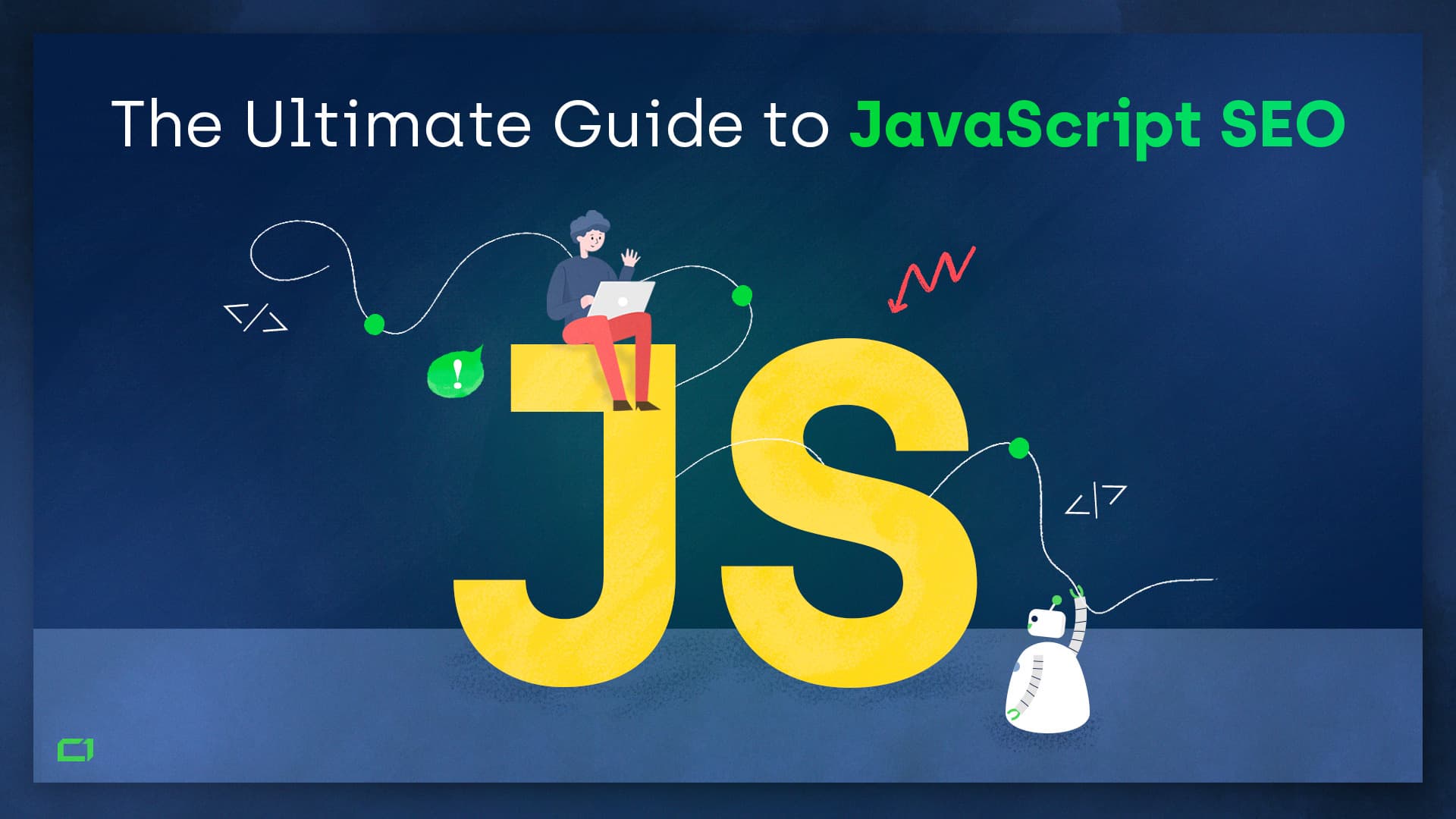TL;DR: 4.56% of the pages in HM.com’s sitemap can’t be found on Google. With over 100 million monthly visits, they are losing almost 5 million visits per month as a consequence of not having all these pages indexed.
H&M is one of the most successful apparel brands in the world. The company has built a strong online presence, and its website holds the #1 position in SimilarWeb’s top fashion and apparel websites ranking.
However, even though they are dominating their industry, H&M’s website doesn’t live up to its full potential in Google search.
We checked the indexing status of a sample of 1000 product pages from HM.com. As it turns out, around 4.56% of H&M’s product pages aren’t indexed in Google, regardless of when they were published – meaning you won’t be able to find those pages in Google Search.
While we found many examples of websites that are doing much worse, this is a substantial issue, and it’s bound to cost H&M a noticeable amount of search traffic.
In H&M’s case, this 4.56% translates to thousands of product pages that will never appear in the search results! For H&M’s competition, it’s an opportunity to steal some search traffic from them easily.
It’s impossible for us to say if H&M is aware of the issue or perhaps already working on solving it. What is clear is that fixing it would bring a significant boost to their search visibility with comparatively little effort.
What’s the problem?
When indexing happens with a significant delay for a popular website, it’s always a good idea to look at how that website is organized first.
Googlebot can use a website’s sitemap to discover pages. In the case of such a popular domain, some URLs may be discovered from outside sources, but internal linking remains the primary way for Googlebot to discover new pages.
To show you an example of the issue with H&M’s website architecture, let’s visit one of their product category pages.

By default, the product category pages of HM.com show 36 products from a given category. If you scroll down, you can browse through 36 more products after clicking the “Load more products” button.
This button is generated with JavaScript. This means that while there is a link for users to follow, there is no link for Googlebot to follow.

You can confirm this yourself when you right-click and inspect the button. There is no <a href> pointing to the page with more products displayed.
Why is this bad?
Even if Googlebot renders the JavaScript for this category page and sees the button, there is no link for Googlebot to follow, so it will only see 36 products from every given category.
Technically speaking, Googlebot is still able to visit those hidden product pages when it finds the links pointing to them in the product carousels. So if I click on one of the 36 visible dresses, I will find more links there.

But then again, these product carousels are generated with JavaScript too, so some of the links will be discovered after a significant amount of time, if ever.
Here’s an example of a product page we found in their sitemap that’s you won’t find in Google (as of November 18, 2019).
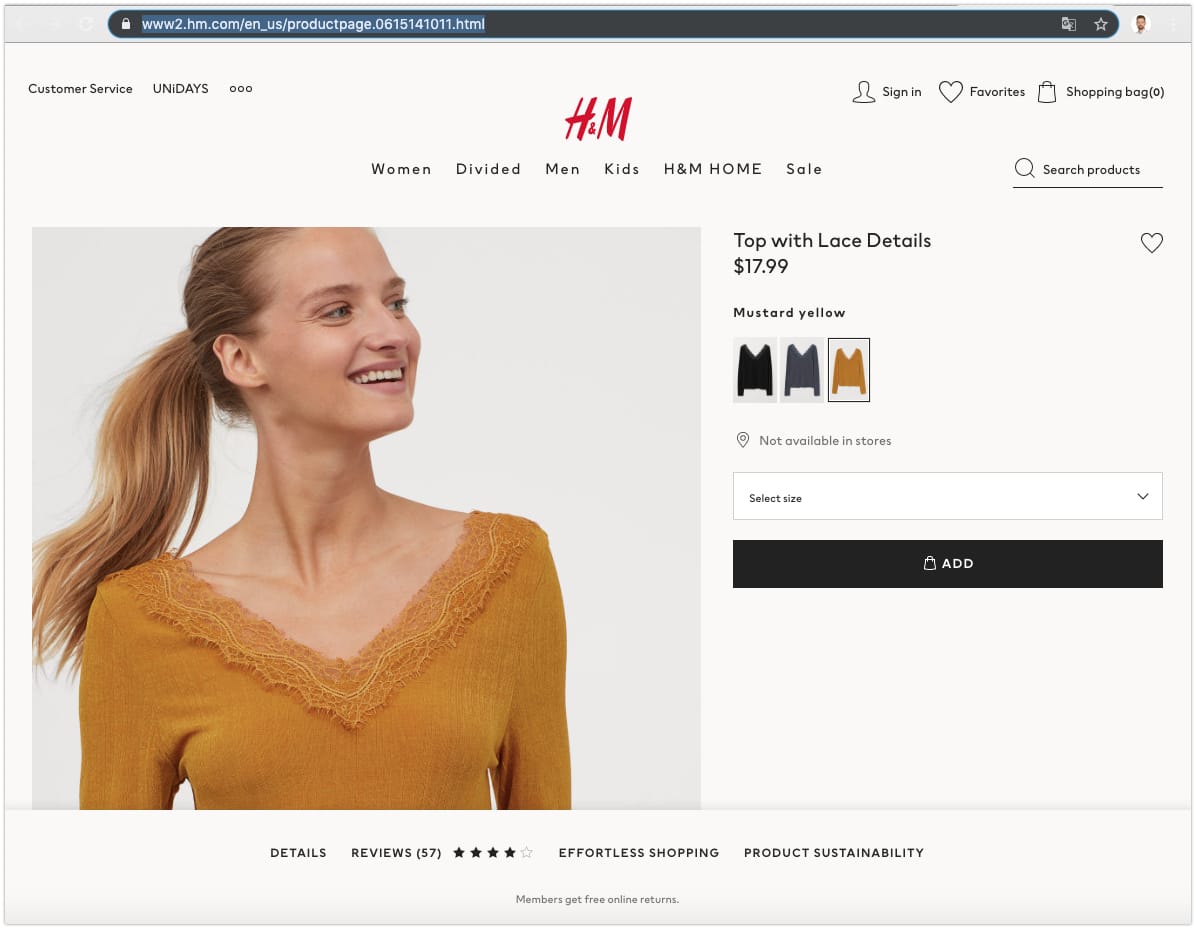
Using the “site:” command is the easiest way to see whether a page has been indexed, and as you can see, it wasn’t:
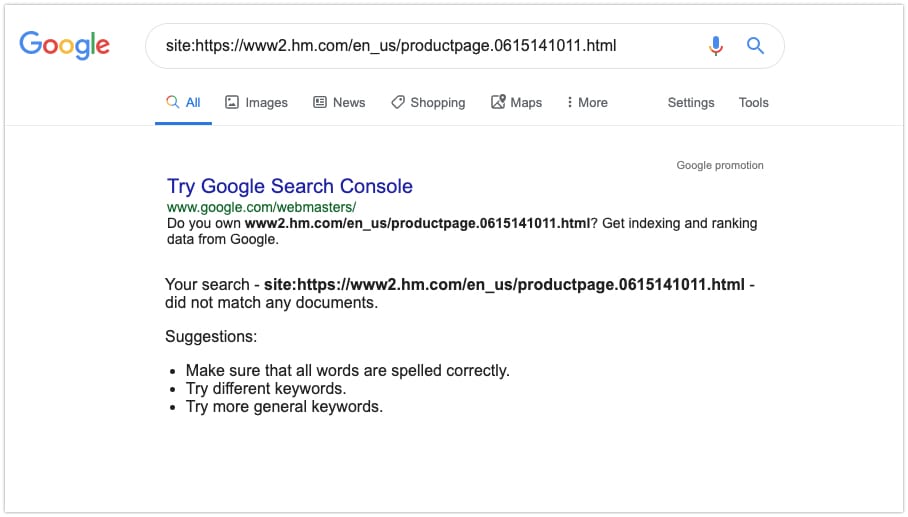
Although there’s no way for us to see exactly when this page was added to the website, it’s just one of many examples of pages that are in H&M’s sitemap, but aren’t indexed – which is 4.56% of all cases. Some of these pages may be invisible in Google for months or even years!
According to SimilarWeb, HM.com was visited 103.37 million times in October 2019. Extrapolating from that number, they are losing 4,938,885 visits per month as a consequence of not having all these pages indexed.
What’s the solution?
There are a thousand ways for things to go wrong when you’re managing an e-commerce website. Since JavaScript is developing so rapidly, your developers may not always know how to optimize it towards search engines.
But Onely does.
We share our knowledge and experience in the article covering JavaScript SEO best practices.
Also, as part of our technical SEO services, we provide your team with the knowledge they need to wield the double-edged sword of JavaScript.



